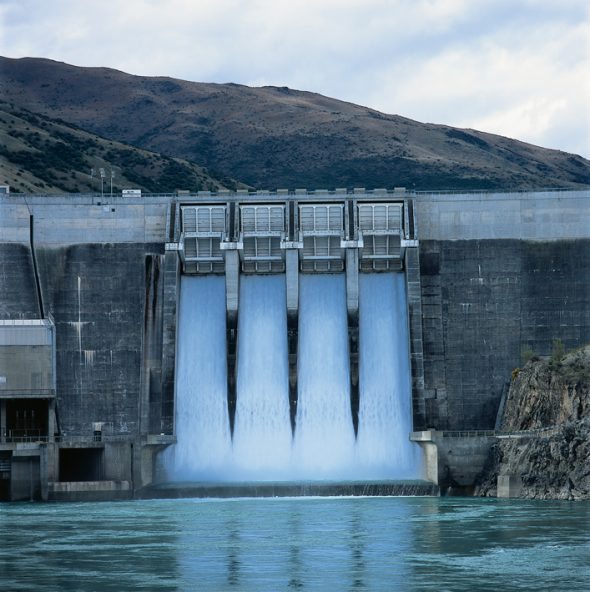The International Energy Agency has focused its generally bullish outlook for global renewables growth on hydropower this week, with the publication of a report suggesting that global hydroelectricity production could double by 2050, preventing annual emissions of up to 3 billion tonnes of CO2 from fossil-fuel plants.
The report, Technology Roadmap: Hydropower, released on Monday by the IEA and the Ministry of Mines and Energy of the Federative Republic of Brazil, challenges the notion that the world’s hydroelectric resources have peaked, arguing instead that emerging economies – with the right policies in place – have significant potential to generate renewable power from large hydro plants.
“Hydroelectricity is a very cost-effective technology already,” IEA deputy executive director Richard Jones said at the launch of the report during the HYDRO 2012 conference in Bilbao. “However, new developments face tough financial challenges. Governments must create a favourable climate for industry investment when designing electricity markets.”
To help foster this “favourable climate,” the report recommended that governments set development plans and targets, ensure developers and operators document their approach to sustainability, include financing for hydro on policy agendas, develop risk-mitigating financial instruments for investors, and adopt a “holistic approach to deployment that takes into account other aspects of water management.”
As the IEA points out, hydropower is already the leading renewable electricity generation technology worldwide – used in 159 countries it provides 16.3 per cent of the world’s electricity, with new capacity additions since 2005 generating more electricity than all other renewables combined.
The report also highlights hydropower’s diversity – from run-of-river to reservoir plants plus pumped-storage – and its advantages, such as “reliability, proven technology, large storage capacity, and very low operating and maintenance costs.” And it notes that many hydropower plants also provide flood control, irrigation, navigation and freshwater supply.







